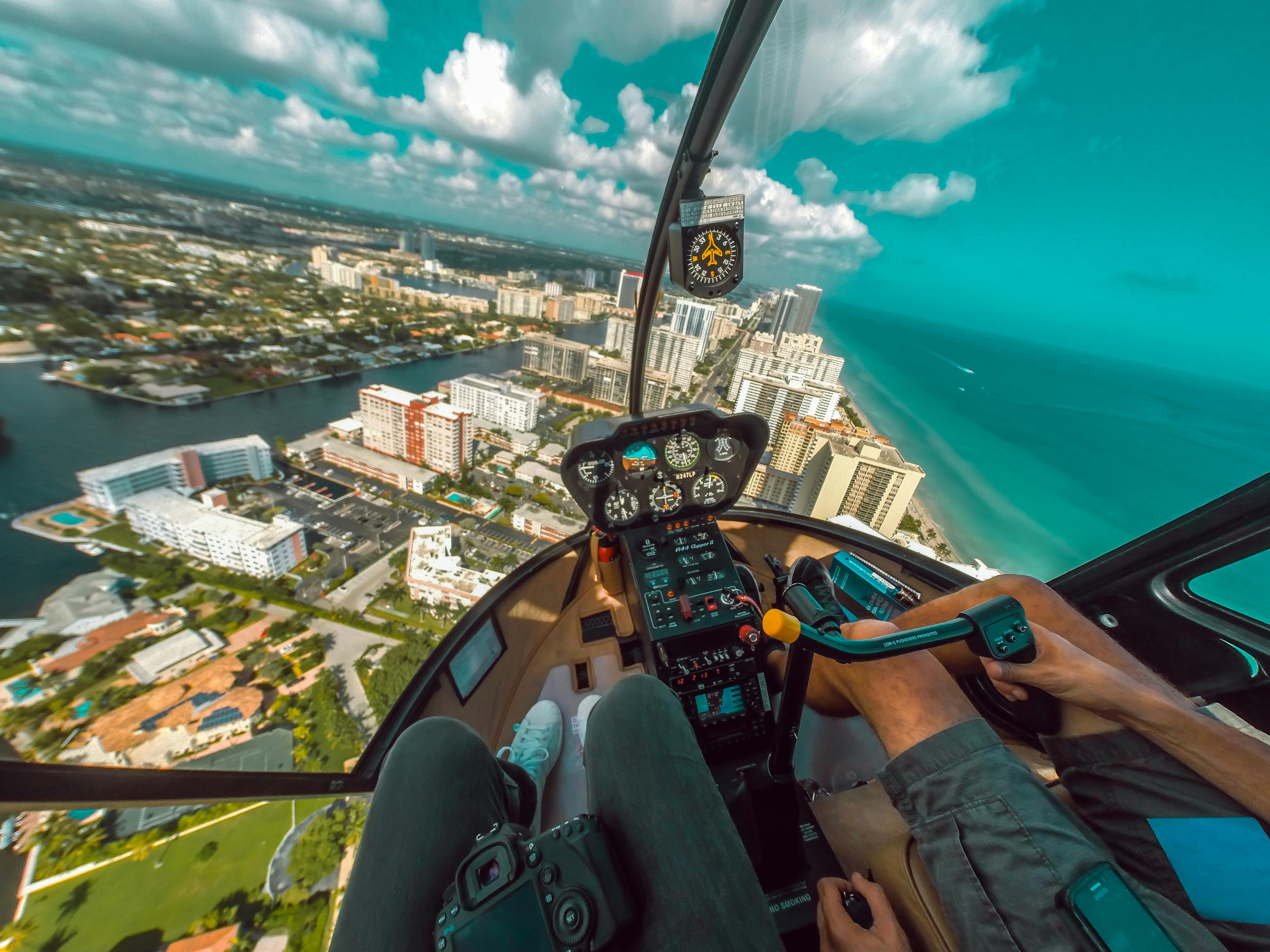LEDs are the largest lighting source available, but in the RV environment they have two Achilles heels: overheating and overvoltage.
LEDs are tiny chips of semiconductor material (pn junctions for the geeks who want to know), a rare-earth-doped piece of silicon that mixes to emit photons in the visible spectrum as long as a suitable voltage is applied across the junction. such a way that an electric current passes through the semiconductor. Like a true diode, LEDs resist letting current run in the wrong direction. The chemical composition of the pn junction determines the wavelength of the emitted photons, so you can have red, amber, green, and blue LEDs, among others.
White LEDs are most often made using a native blue LED that emits blue photons into a phosphor which, in turn, re-emits an extended spectrum of light in a range that appears white light to the human eye (to the geek, that’s Stokes radiation).
Comparing regular lights to LEDs, the standard incandescent light bulb is only 15% efficient at converting wattage into useful light. Fluorescent lighting is at best 50% efficient. LEDs are 85% or more efficient at converting electrical energy into useful photons. This light source is the most efficient of all the options we have for lighting our RVs, boats, and homes.
None of our light sources are 100% efficient; there is always some residual heat. And it is the thermal energy that destroys the light source. With incandescents, 85% of the energy wasted is heating the filament to a temperature between 600 and 1200 degrees Fahrenheit. At those high temperatures, the filament literally vaporizes over time, most often within a thousand hours, and the bulb simply burns out.
The LEDs also get hot from the flow of current through the circuit. The LEDs will fail immediately when the junction temperature exceeds 185 degrees Fahrenheit. Properly designed LED circuits require two very important features to be successful: overheat protection and overvoltage protection. Overheating is often related to overvoltage.
Even when an LED is running on a carefully controlled voltage, it still generates some heat. This heat must be removed from the LED fixture at a rate that ensures the junction temperature does not exceed the operating limit. The best way to do this is to place the LED fixture on a “heat sink” that has the ability to absorb the heat generated by the LED and move it to a location where it can radiate out into the air or some surrounding heat sink. . The first generation LEDs didn’t bother with this problem as the printed circuit board they were used on was generally large enough to serve as a sufficient heat sink.
As LEDs became more advanced and more LED emitters were placed in a single semiconductor device, the problem of heat dissipation became more precise. The requirement to perform a good thermal analysis of the printed circuit board containing the LED chips became apparent to those who understood what they were doing. Others tried to use the old technology with the new chips and their products constantly failed.
The heat generated by an LED fixture is highly dependent on the input voltage to the fixture. If an LED circuit is designed to handle the heat load and operate only in a 12.8 volt environment, it will not perform well in a 14.7 volt environment. It will deteriorate and die much sooner. Its useful life will be a few thousand hours, instead of 100,000 hours. And if the surge reaches 18 or 24 volts, the LED device can immediately die.
A fully charged type 27 lead-acid battery typically provides a maximum of 12.8 volts. Some people assume that it is the operating voltage of an RV. But if you plug into the Shore Power Pedestal and let your AC/DC converter charge your battery, the line voltage will rise to 13.8 volts. If you have a solar system, the controller can boost the line voltage to 14.7 volts. Battery equalization runs typically increase the line voltage to 16.6 volts for two hours or more.
Most of the early designers who produced LEDs for the RV environment assumed a 12.8 volt environment, and their products failed at a remarkable rate in today’s RVs and boats. Some learned that if they didn’t provide some form of voltage regulation or power regulation in their LED circuits, product failure rates disappeared.
How the designer protects the LEDs becomes important when it comes to overall energy efficiency. If the LED circuit has a simple voltage limiter, it “pulls” any excess voltage, reducing the efficiency of your LED in using available power. On the other hand, if the LED circuit has a power regulator, it converts excess voltage into usable power by drawing less current from the main line. Ask your LED supplier how they protect their LEDs and what the cost of such protection is. Many of the LED vendors don’t understand the basics of heat and voltage issues. Will they give you a decent warranty for all conditions, like full 100,000 hours, about 11 years?
LEDs are a great investment. They are expensive, but if they are built correctly and used correctly, they will give you many years of excellent service and will pay back their original cost many times over. But you need to make sure the LEDs you use have enough protection against excess heat and voltage quirks that can destroy them before they go out.
Go for quality and ask for proof and a guarantee.


